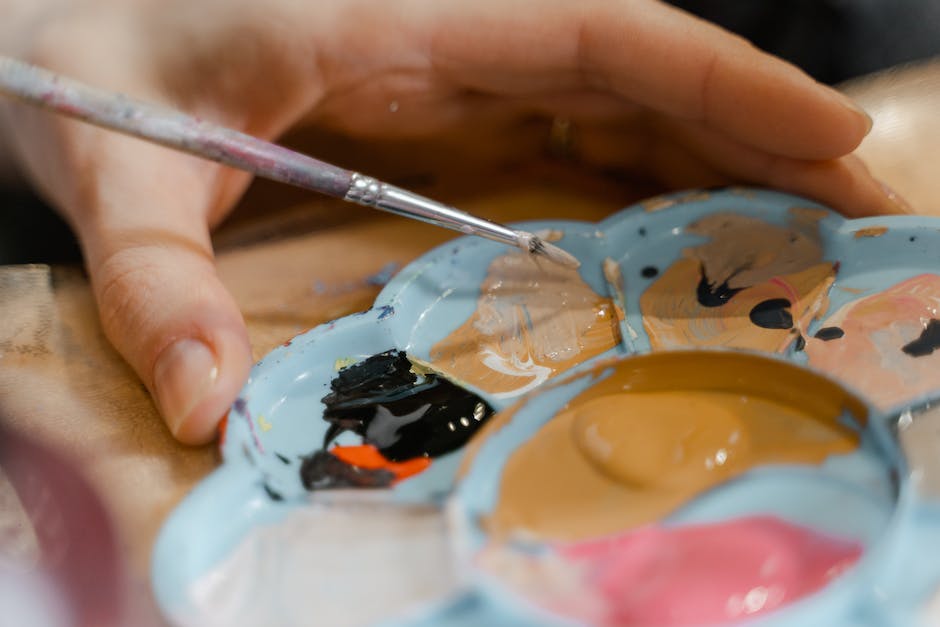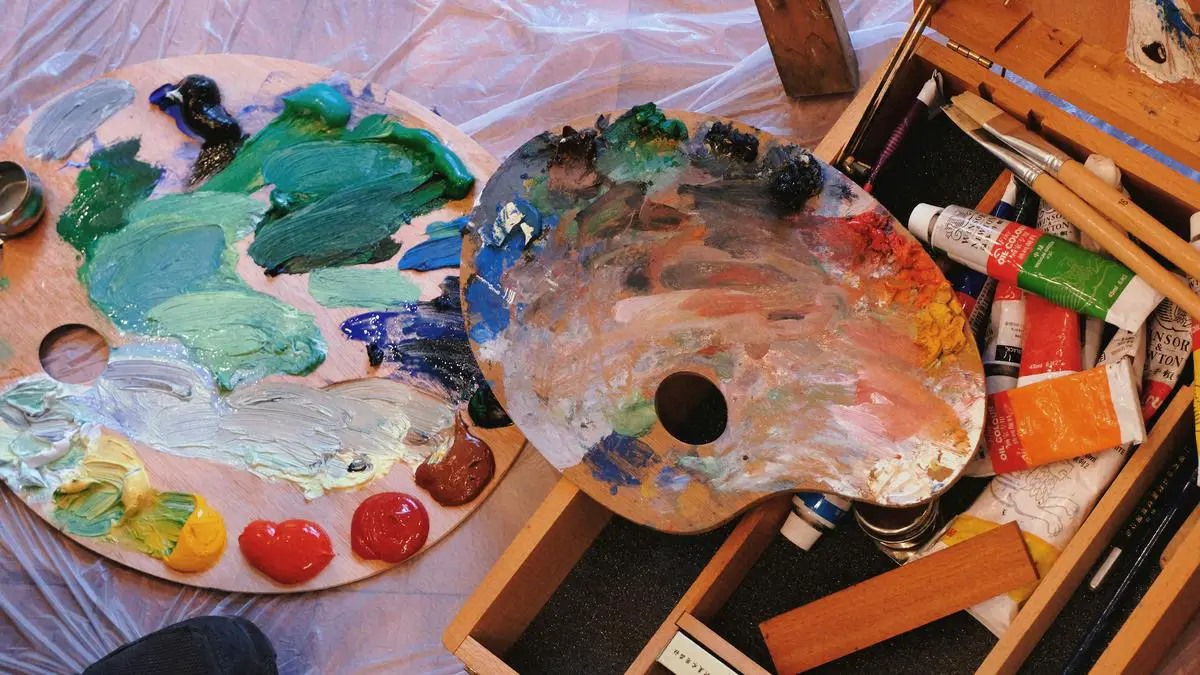In the workplace, missing a project deadline can be greeted with frustration and disappointment, but the right approach to explaining why it happened can make all the difference. Harnessing the power of creative thinking, we can craft excuses that not only alleviate tension but also showcase our ability to handle unexpected setbacks with intellectual flair. The art of persuasion is equally crucial as we navigate the delicate process of communicating our reasons. Through exploring the underlying causes, such as time management challenges, we also unearth opportunities to improve our execution strategies, turning potential critiques into constructive conversations about workflow optimization.
Creative Thinking
Artful Excuses: The Creative’s Guide to Unique Alibis
In the vibrant tapestry of life, unforeseen circumstances often call for a dash of creative thinking. Just as a painter contemplates their palette before embushing a canvas, so must we sometimes conceive original and convincing reasons for our occasional absences, delays, or deviations from expected norms. Creative thinking, the artist’s most trusted confidant, can be a powerful ally in crafting unique excuses that not only pacify inquiries but also enhance your reputation as an imaginative soul.
Excuses as a Form of Storytelling
At the heart of generating a unique excuse is the art of storytelling. Think of each excuse as a brief narrative, a short story where you set the scene, introduce a conflict, and resolve the tension with a credible twist. Storytelling invites empathy and engagement, allowing the listener to embark on a journey that, while it may stray from the literal truth, feels emotionally authentic.
Utilizing Vivid Imagery
An artist is nothing without their keen eye for detail, and your excuse should be painted with the same attention to imagery and atmosphere. Instead of saying, “I was late due to traffic,” try “A parade of autumn leaves pirouetted across the highway, orchestrated by a playful breeze, creating a mesmerizing spectacle that slowed the march of morning commuters.” Vivid imagery captivates the listener and weaves a more memorable tale.
Channeling Authentic Emotions
Each stroke of a brush carries emotion, and similarly, your excuse must be imbued with genuine feelings. Think about the emotional truth behind your predicament. If you were running late because you lost track of time, reflect that sentiment of absorption in your excuse: “The morning light was so entrancing as I was capturing its essence in my latest piece that time itself seemed to surrender to the artistic process.”
Drawing from a Well of Plausibility
Creativity must be balanced with plausibility. Every artist knows that even the most surreal pieces contain elements of the familiar to keep the observer grounded. Your excuses should be no different. Weave in enough realistic details to make your story believable, but twist them in unexpected ways. Regale your listener with a story of how a neighborhood cat led you on a merry chase to rescue it from a tree, turning a cliché moment into an adventurous escapade.
Remember, the creation of an excuse can be seen as a miniature performance; you’re the playwright, the director, and the lead actor. Authenticity and originality are your guiding principles, as you use your imaginative prowess to color outside the lines of mundane excuse-making. In the realm of creative thinkers, even the simplest excuse becomes an opportunity to showcase the dynamic richness of artful expression.

Persuasive Communication
Mastering The Art of Persuasion in Excuses: Beyond Storytelling
Introduction: In the world of communication, crafting an excuse that resonates and persuades is akin to painting a picture that conveys a story without words. When an excuse must be made, the art lies in doing so with a touch of finesse that leaves the listener both understanding and empathetic. Here’s how to bring the colors of persuasion to your palette of verbal expression.
Crafting Dialogue that Engages
Begin with dialogue that is natural and engaging. Envision a conversation rather than a monologue. When offering an excuse, a back-and-forth communication style invites the listener to participate and connect. Approach the conversation as if it’s a collaborative piece, inviting critique and understanding, rather than a one-sided exposition.
The Importance of Tone and Delivery
The brush strokes of tone and delivery are crucial for setting the mood of your excuse. Your voice should carry the right balance of earnestness and calm, as though you’re shading your words to match the emotional contour of the situation. A rushed and defensive tone can smudge the credibility of your words, while a too-casual approach might not carry the necessary weight of sincerity.
Employing Empathy
Like a sculptor who considers the viewer from every angle, you must sculpt your excuse with empathy. By demonstrating an understanding of how your actions may have affected others, you lay a foundation of trust. This intersection between empathy and expression is where excuses become something more – they become relatable narratives.
Strategic Pauses
Consider the use of space in a gallery – the dramatic effect created by a pause can be just as telling as the elements that fill the silence. Similarly, strategic pauses in conversation allow for reflection and show that you respect the listener’s reaction. It also gives you a moment to breathe and assess the tone of the exchange, as if stepping back to view your artwork from a distance.
Citing Supporting Facts
In the gallery of persuasion, facts are the frames that add structure to the tales we spin. Without overburdening your listener with extraneous details, present the key facts that support your excuse as if you are highlighting the most important elements of a piece. Facts lend weight and form to the emotional and empathetic aspects of your story.
The Closing Gesture
End your excuse with a gesture of resolution. Offer solutions or alternatives as a final stroke to demonstrate your intent to rectify the situation. This is the signature at the bottom of the canvas – a sign of your commitment to the truth and the forward motion of the relationship.
Remember, the key to persuasive excuses isn’t in the grandeur or complexity of the tale, but in its ability to resonate truthfully and connect with the listener. Let your excuse be a testament to the art of persuasion, where sincerity meets understanding in a harmonious blend of words and emotions.

Photo by starrynite on Unsplash
Time Management Analysis
In the nuanced dance of time management, reflecting on personal scheduling is akin to a painter stepping back from the canvas. This pause in creation allows one to ponder the flow of time, energies, and commitments, much like a brushstroke’s effect on a greater masterpiece. The act of rational reflection is a precursor to presenting plausible excuses. An excuse, after all, is not a mere evasion but a narrative requiring finesse and understanding. Here, we delve into the finer points of how reflecting on time management can shape the art of crafting excuses that resonate with authenticity and respect.
Crafting Dialogue that Engages
Envision an excuse as a collaborative painting session. The exchange between the artist and the audience is dynamic, a volleying of words that composes a picture of mutual understanding. Engaging dialogue is the framework. When speaking of time constraints, one must delve beyond the surface, articulating the depth of scheduling conflicts with clarity and a touch of creativity. Specificity in the painting of this scenario reveals the nuances, much as a detailed brushstroke would define an image’s features on canvas.
The Importance of Tone and Delivery
Harmony in art is like the appropriate tone in dialogue; it sets the mood for perception. A soft pastel palette conveys a different sentiment than bold primary colors; similarly, a calm, respectful tone in explaining time conflicts evokes empathy rather than resistance. Delivery is the equivalent to the stroke of the brush – too hasty, and you risk muddying the colors; too timid, and the image lacks impact. Therefore, carefully modulate tone and delivery to match the context, just as one might balance light and shadow in a piece of artwork.
Employing Empathy
Drawing on empathy is to step into the viewer’s shoes, imagining their reaction to the artwork being created. In the context of articulating a time-related excuse, empathetic approach allows for a connection that makes the reasoning relatable. When one reveals that a scheduling mishap is not due to negligence but rather unforeseen events, it invites understanding. Empathy in this case is the emotional hue that ties the composition together.
Strategic Pauses
In artistic presentation as in conversation, the power of a pause should never be underestimated. Strategic silence allows for absorption, giving the other party time to process the information shared. In discussing time management slip-ups, a well-timed pause grants weight to the excuse, highlighting the importance of the missed commitment and the sincerity behind the words.
Citing Supporting Facts
Art is often accompanied by a description – a title, medium, even a backstory. Similarly, substantiating an excuse with facts gives it credibility. Instead of vague references to ‘being busy’, pinpoint specific events that contributed to time constraints. It is akin to citing the materials and methods that led to a work’s creation, grounding the narrative in reality.
The Closing Gesture
The final stroke to any artwork is as vital as the concluding sentiments in an excuse. It is the gesture that leaves a lasting impression. Ensuring that the ending respects the recipient’s time and understanding is paramount. Offer solutions or alternatives as a closing gesture – the equivalent of signing one’s name to a creation, a signal of commitment to resolution and respect.
In wrapping up, recall that the beauty of reflecting on time management lies not in crafting escapes from responsibility, but in sculpting a truthful and considerate explanation. Just as an artist reviews their work with a critical eye before revealing it to the world, so should one ponder their time management reflections before presenting an excuse. Through this process, one finds that the most plausible excuses are those grounded in sincerity, much like the most moving art is born of genuine expression.

The dynamic dance with deadlines can sometimes lead us into the spotlight of scrutiny when we fail to meet expectations. Yet, our capacity to articulate imaginative and thoughtful excuses, rooted in persuasive communication, extends beyond mere justification. It becomes an exercise in human understanding and a catalyst for growth. By dissecting our temporal missteps, we invite not just pardon, but a collaborative effort to refine processes, enhance productivity, and foster a resilient, forward-thinking work environment. It’s through these candid exchanges that we evolve both our problem-solving skills and our professional relationships.


Recent Comments